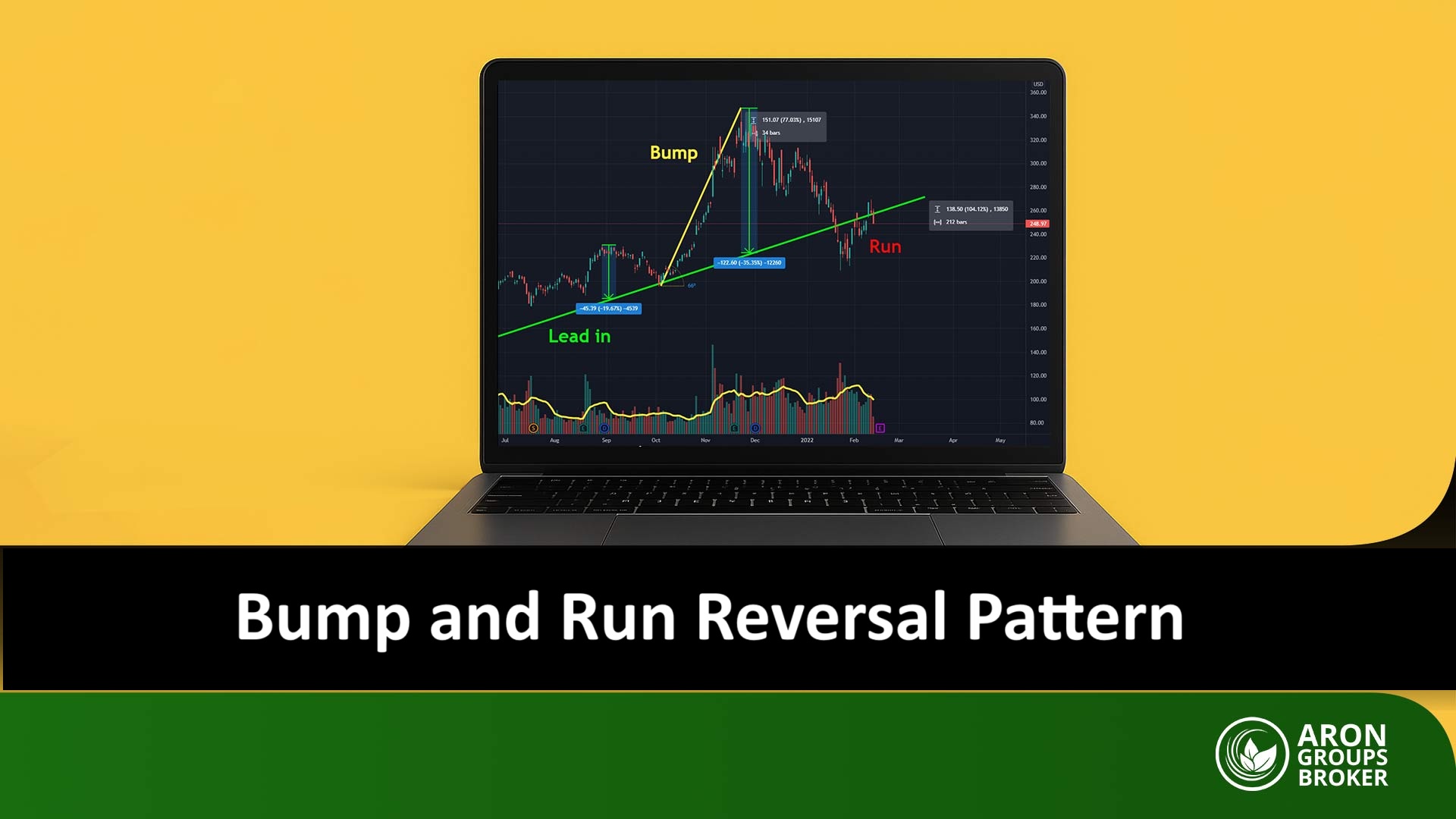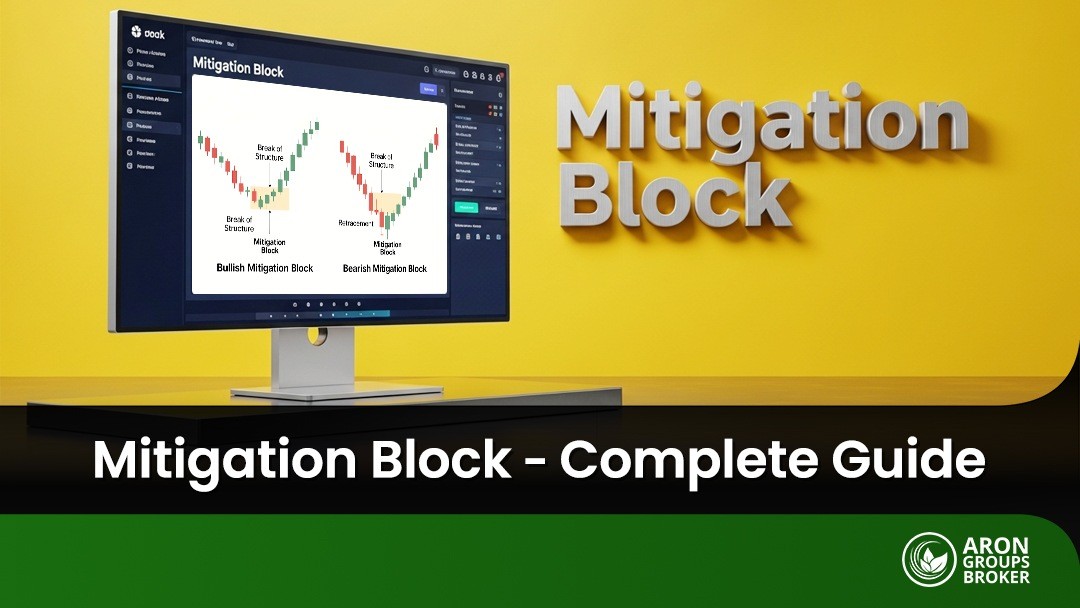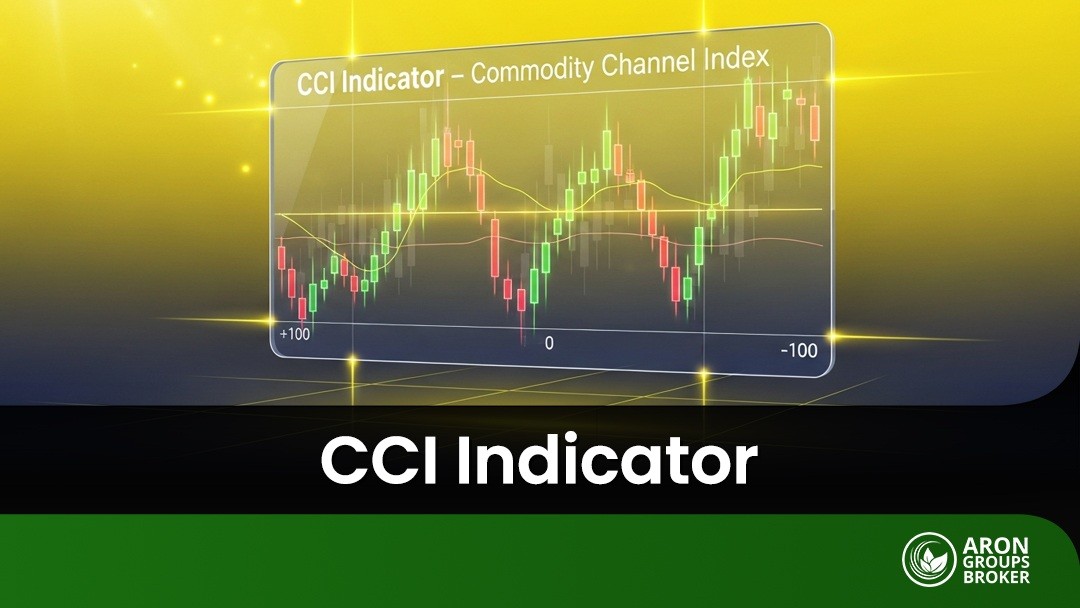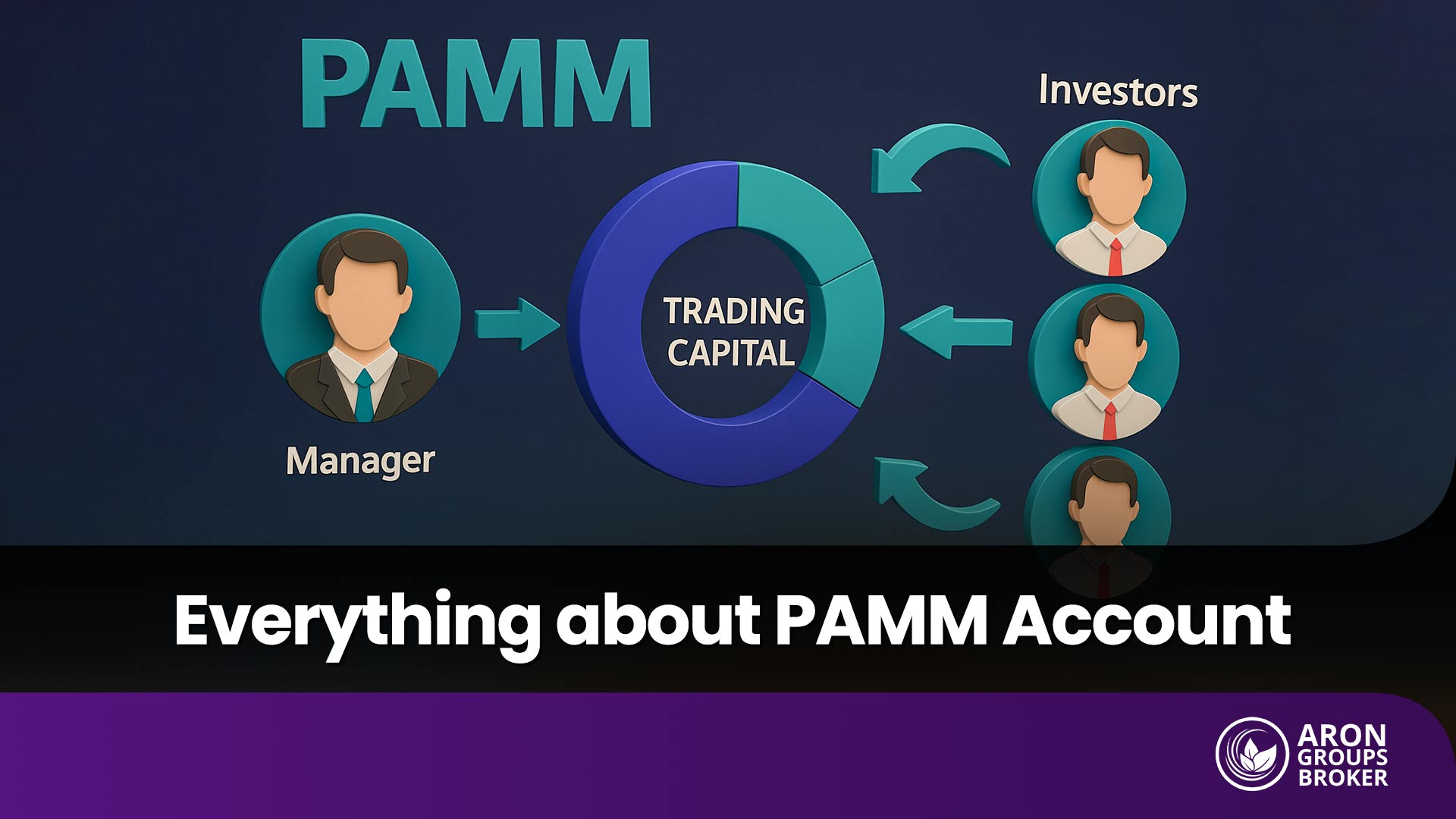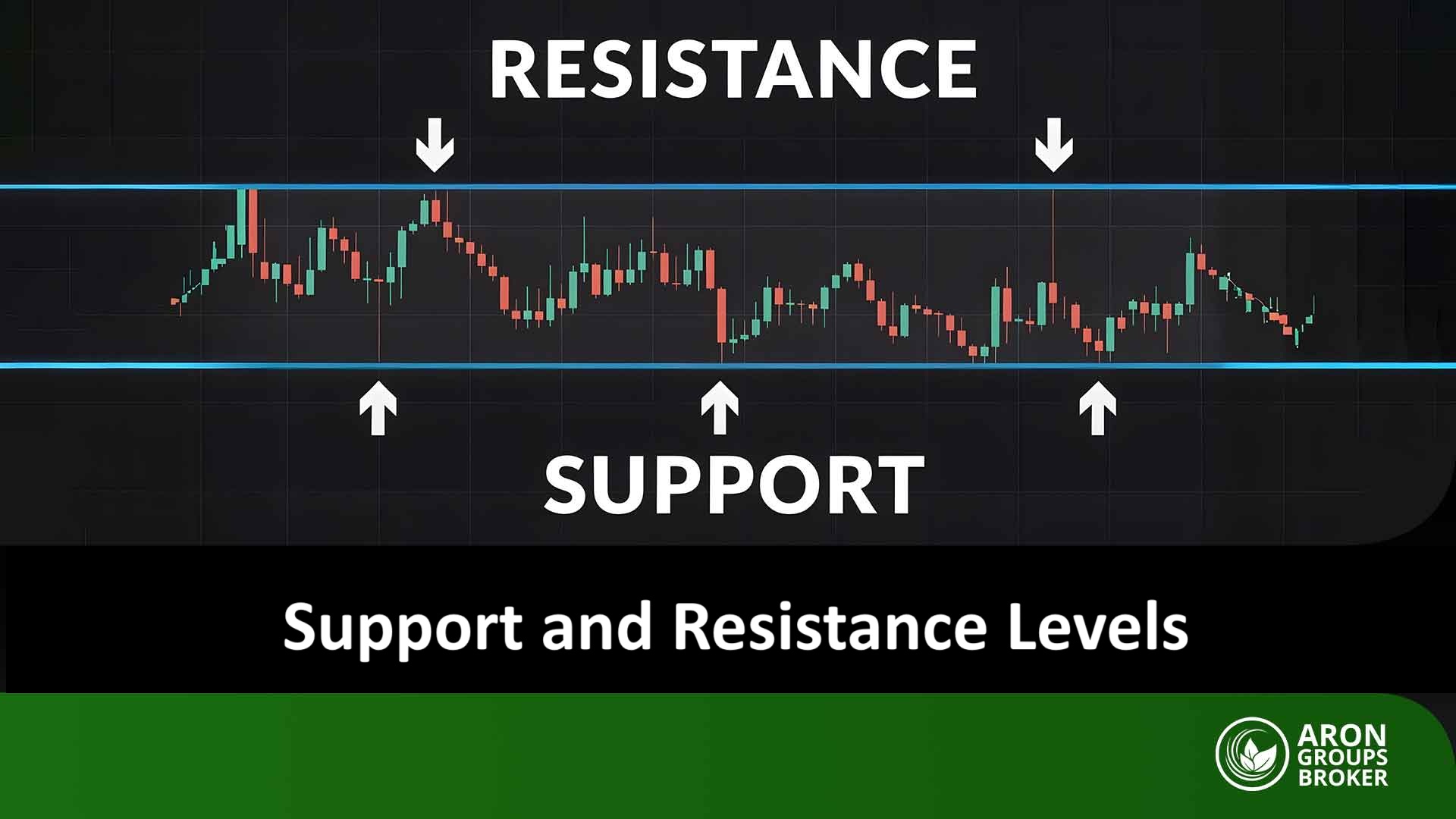In the name of God
Block Height in Blockchain
In the realm of blockchain technology, the term “block height” serves as a fundamental concept underpinning the decentralized nature of these digital ledgers. Often overlooked by casual observers, block height plays a crucial role in ensuring the security, immutability, and transparency of blockchain networks. Let’s delve into what block height is, why it matters, and its significance within the blockchain ecosystem.

_ What is Block Height?
Imagine a blockchain as a massive, public ledger. This ledger is divided into individual sections called blocks. Each block contains a set of transactions and acts as a building block, with each new block being added on top of the previous one. The block height simply refers to the position of a particular block within this chain. It’s like a unique identifier, telling you how many blocks came before it.
Think of it like climbing a giant staircase. The bottom step (block 0) is the genesis block, the foundation of the chain. Every step you climb represents a new block added, increasing the block height. The higher the block height, the further you are from the beginning and the more transactions have been processed.
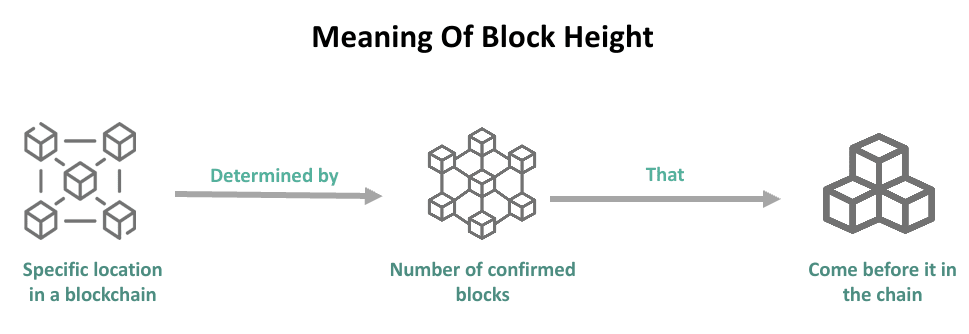
_ The Role of Block Height :
- Chronological Order : Block height serves as a timestamp, indicating the order in which blocks were added to the blockchain. This chronological sequence ensures that transactions occur in a verifiable and immutable manner, preventing double-spending and other fraudulent activities.
- Consensus Mechanism : Most blockchain networks utilize a consensus mechanism, such as Proof of Work (PoW) or Proof of Stake (PoS), to validate and add new blocks to the chain. Block height facilitates this process by providing a clear reference point for network participants to reach consensus on the latest state of the ledger.
- Difficulty Adjustment : In PoW-based blockchains like Bitcoin, the mining difficulty adjusts dynamically based on factors such as block height and network hash rate. As block height increases, the difficulty level may be adjusted to maintain a consistent block generation time, ensuring the network’s stability and security.
- Fork Resolution : In the event of a blockchain fork, where the network splits into multiple branches due to conflicting transactions or consensus issues, block height plays a crucial role in determining the valid chain. Participants typically follow the longest chain with the highest block height, considering it as the authoritative version of the ledger.
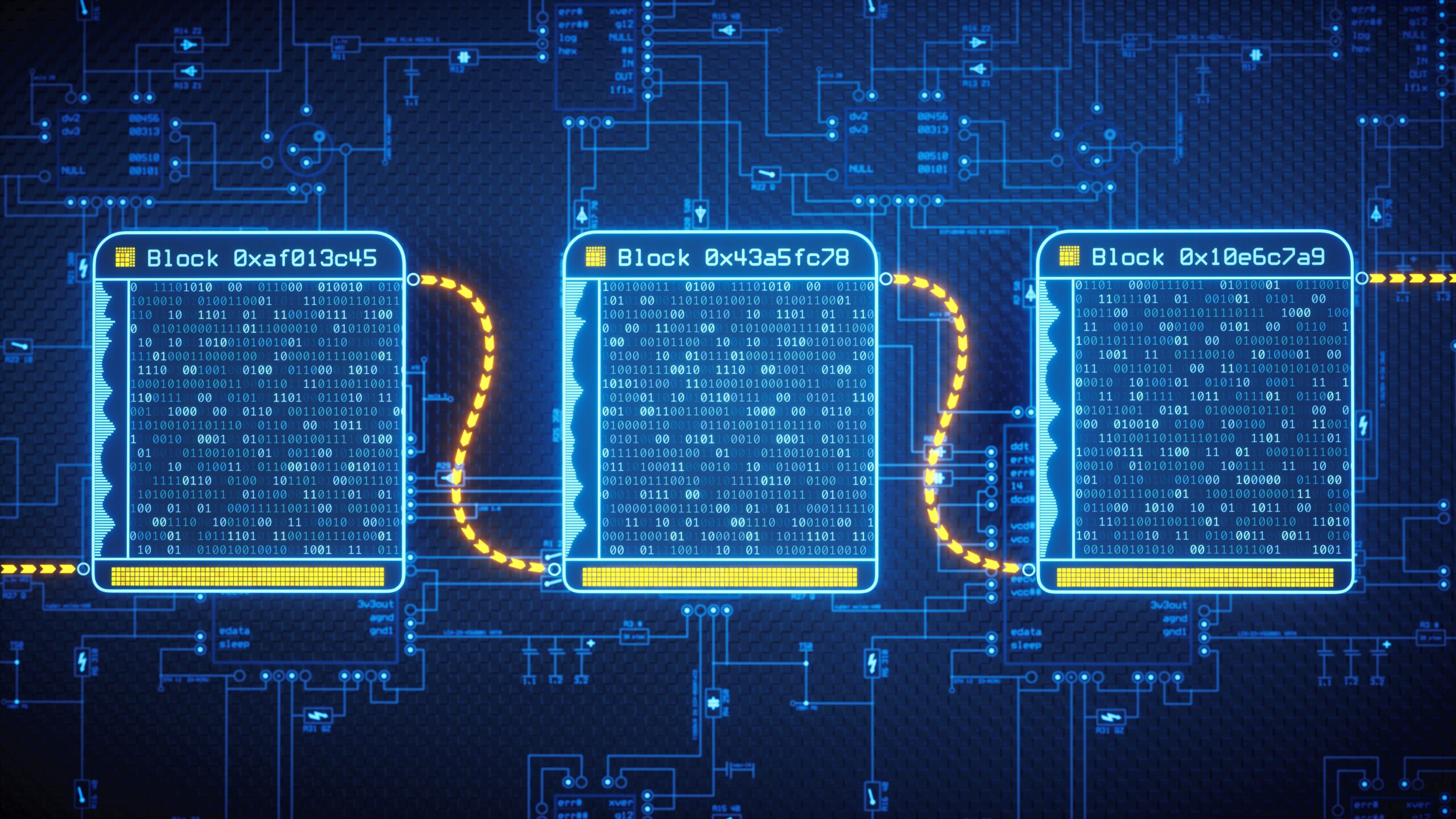
_ Significance of Block Height :
- Security : The sequential nature of block height ensures the integrity and security of the blockchain. Any attempt to tamper with past transactions would require altering subsequent blocks, which becomes increasingly difficult as more blocks are added to the chain.
- Transparency : Block height enables transparent auditing of transactions by providing a chronological record of all activities on the blockchain. This transparency fosters trust among users and enhances accountability within the network.
- Scalability : As blockchain networks grow over time, maintaining a consistent block height allows for seamless scalability and interoperability across different applications and protocols built on top of the blockchain.
- Decentralization : By design, block height decentralizes control over the blockchain, as no single entity can unilaterally modify the ledger without consensus from the network participants. This decentralization fosters resilience and mitigates the risk of censorship or manipulation.
_ Things to Remember:
- Block height doesn’t directly translate to time. While increasing block height generally suggests more time passed, the actual timeframe depends on the individual blockchain’s block generation rate.
- Block height is just one piece of the puzzle. To fully understand a blockchain, you need to consider other factors like transaction volume, network difficulty, and consensus mechanism.
- Block height tells you where a block is relative to others, not its absolute creation time. Blockchains can have varying block creation speeds, so the same block height might represent different points in time for different chains.
- While higher block heights generally indicate greater security, they don’t guarantee it absolutely. Other factors like network consensus and security protocols play a crucial role.
_ Where to Find Block Height Information:
Most blockchain explorers provide readily accessible block height information. Popular platforms like Blockchain.com or Etherscan display the current block height prominently on their homepages.

Block height, though seemingly simple, serves as a vital metric for navigating and comprehending the intricate world of blockchains. By understanding its significance and nuances, you can unlock a deeper appreciation for the technology’s workings and confidently explore its vast potential. block height serves as a foundational element of blockchain technology, providing a chronological record of transactions and ensuring the integrity, security, and decentralization of the network. Understanding its significance is essential for anyone seeking to navigate the complexities of the blockchain ecosystem and harness its transformative potential in various industries.
good luck
saman
























